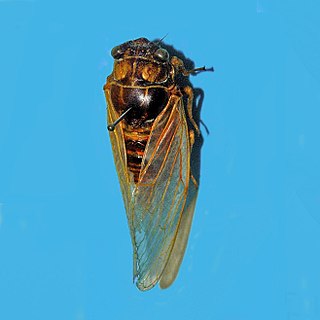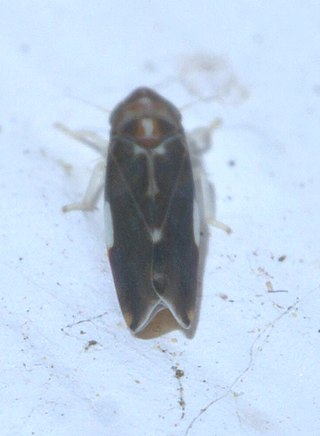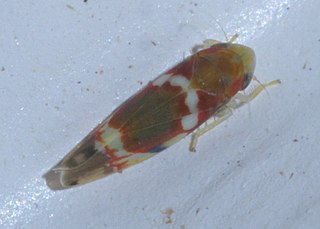Genus is a taxonomic rank used in the biological classification of living and fossil organisms as well as viruses. In the hierarchy of biological classification, genus comes above species and below family. In binomial nomenclature, the genus name forms the first part of the binomial species name for each species within the genus.

Starlings are small to medium-sized passerine birds in the family Sturnidae. The Sturnidae are named for the genus Sturnus, which in turn comes from the Latin word for starling, sturnus. Many Asian species, particularly the larger ones, are called mynas, and many African species are known as glossy starlings because of their iridescent plumage. Starlings are native to Europe, Asia, and Africa, as well as northern Australia and the islands of the tropical Pacific. Several European and Asian species have been introduced to these areas, as well as North America, Hawaii, and New Zealand, where they generally compete for habitats with native birds and are considered to be invasive species. The starling species familiar to most people in Europe and North America is the common starling, and throughout much of Asia and the Pacific, the common myna is indeed common.

The Mymaridae, commonly known as fairyflies or fairy wasps, are a family of chalcidoid wasps found in temperate and tropical regions throughout the world. The family contains around 100 genera with 1,400 species.

Scoparia is a grass moth genus of subfamily Scopariinae. Some authors have assigned the synonymous taxon Sineudonia to the snout moth family (Pyralidae), where all grass moths were once also included, but this seems to be in error.

Maranta leuconeura, also known as prayer plant, is a species of flowering plant in the family Marantaceae, native to the Brazilian tropical forests. It is a variable, rhizomatous perennial, growing to 30 cm (12 in) tall and broad, with crowded clumps of evergreen, strikingly-marked oval leaves, each up to 12 cm (5 in) long.

Erythroneura elegans is a species of leafhopper in the family Cicadellidae.

Erythroneura reflecta is a species of leafhopper found in the Eastern United States. It is most common in Illinois and Ohio. They can be found on Vitis riparia, other wild grapes, fruit trees in the genus Prunus, as well as trees and shrubs in the genus Aesculus. They are 3 mm (0.12 in) in length, and can be quite colorful. Some are mostly white, with a few dull colors, but some can be yellow, orange, blue, brown, and red.
Scoparia erythroneura is a moth in the family Crambidae. It was described by Turner in 1937. It is found in Australia, where it has been recorded from South Australia.

Tibicina is a genus of cicadas belonging to the family Cicadidae, subfamily Tibicininae.

Dikrella is a genus of leafhoppers belonging to the family Cicadellidae subfamily Typhlocybinae. It contains approximately 37 species occurring in the United States, Mexico, Costa Rica, Cuba, Puerto Rico, Panama, Ecuador, Colombia, and Brazil.

Erythroneura aclys is a species of leafhopper in the family Cicadellidae.

Erythroneura calycula is a species of leafhopper in the family Cicadellidae.

Erythroneura cymbium is a species of leafhopper in the family Cicadellidae.

Erythroneura diva is a species of leafhopper in the family Cicadellidae.

Erythroneura infuscata, commonly known as Leafhopper is a species of leafhopper in the family Cicadellidae.

Erythroneura octonotata, the eight-spotted leafhopper, is a species of leafhopper in the family Cicadellidae.

Erythroneura vitis, the grapevine leafhopper, is a species of leafhopper in the family Cicadellidae.
Acinopterus is a genus of leafhoppers in the family Cicadellidae. There are more than 30 described species in Acinopterus. The members of Acinopterus are widely distributed across North and South America. Acinopterus is the type genus of the tribe Acinopterini.

Erasmoneura vulnerata is a species of leafhopper native to North America. The species was found to be in Europe in 2004 where it causes significant economic damage to grapevine yards. E. vulnerata is commonly found on wild and cultivated grapes from both continents. Its Latin name translates to "wounded Erasmoneura" from its original description.
















